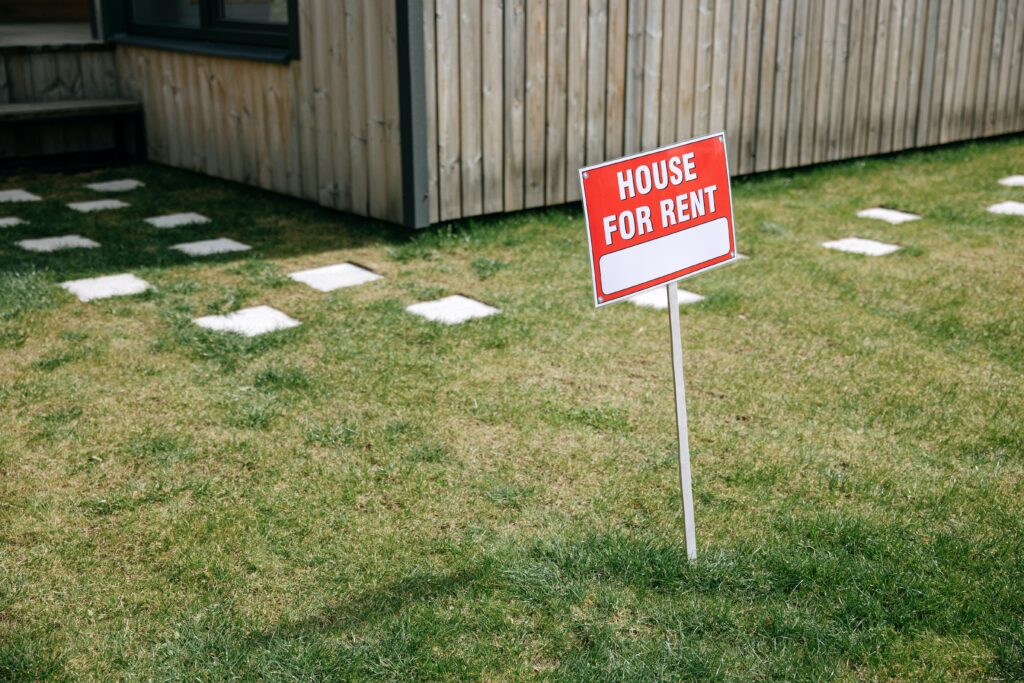
Just starting out, when increasing rent, you don’t see that much benefit. An extra $25 a month isn’t going to buy you that private island for your retirement, sadly. We often fail to look further than the rent when we are thinking about the health of the property. We really need to be looking at cash flow.
Cash flow is the money that is left over after the rent has been collected and all expenses are paid. Another name for this would be profit. Once the cash flow is calculated, you can determine what return you are getting with the cash-on-cash return metric. Here are the steps to take to maximize your cash flow.
- Rehab. Make the cosmetic fixes you have been putting off. Sure, they are expensive, but they are one-time payments. This might be new paint in the foyer, new fixtures in the bathroom, or new landscaping. They will translate to increased rents, which keep coming every month. These expenses are also called capital expenditures, as opposed to repairs, which you should be doing anyway.
- Decrease expenses. This is an often overlooked way to bring in more money. Chances are, you could be negotiating a lower insurance rate or talking to your municipality about decreasing property taxes or putting in efficient fixtures, insulation, or windows (if you are paying the utilities). If you did #1, you will probably enjoy less maintenance expenditures for the new fixtures.
- Decrease vacancy. A lot of landlords are slow to get their units rented when one moves out. Get started on advertising and rehabbing as soon as possible, sometimes before the current tenant is even gone! Consider longer leases or automatic increases in rent for month-to-month tenants. Make it a great place to live and tenants won’t want to move out.
- Collect rent effectively. Don’t allow tenants to go without paying. This seems like a no-brainer, but I see it happen so often. Make sure you have clear rules in your lease and stick to them.
- Charge tenants for their damages. This is a touchy subject. There is normal wear and tear that is not something you can charge back, but other damages should be paid for by the tenant and this comes out of the security deposit. Be fair, but don’t pay for these yourself. And be sure to follow the laws in your state.
- Increase rents. Once the place is fixed up, you can ask for more rent, and prospective tenants will be willing to pay it. Rent increases alone usually don’t come with increased expenses, so are a great way to increase your bottom line.
There are many ways to increase that bottom line than just increasing the rent. In fact, that should really be the last thing you do. Remember that increasing this bottom line directly translates to increased value in your commercial properties, using the capitalization rate. Make these changes and you’ll set yourself up for increased profits with very little work.

